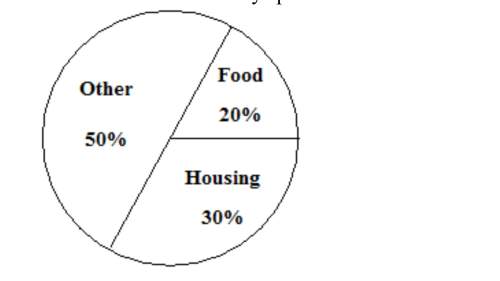
Mathematics, 22.02.2021 20:20 vcornejo7
For each part of this problem, convert the fraction to a "decimal" in the specified base.
(a) Convert the fraction 1/2 to base 3.
(b) Convert the fraction 1/7 to base 8.
(c) Convert the fraction 1/(b-1) to base b.
I already have the solutions to parts a and b, but I included them for context. It would be great if someone helped explain c. I know the answer to c, but not why and how it's proven. It'd be great if someone explained that. Thank you!

Answers: 3


Another question on Mathematics

Mathematics, 21.06.2019 14:30
Part a : solve - vp + 40 < 65 for v . part b : solve 7w - 3r = 15 for r show your work!
Answers: 1

Mathematics, 21.06.2019 19:20
When are triangles considered similar? a. corresponding angles are equal andcorresponding sides are proportionalb. corresponding angles are proportional andcorresponding sides are equalc. corresponding angles are equal orcorresponding sides are proportionald. corresponding angles are proportional orcorresponding sides are equal select the best answer from the choices providedmark this and retumsave and exitnext
Answers: 2

Mathematics, 21.06.2019 19:30
Richard save $32 in march he saved $48 in april and $38 in may then richard spent $113 on a keyboard how much money does richard have left
Answers: 1

Mathematics, 21.06.2019 20:20
How do the number line graphs of the solutions sets of -23 > x and x-23 differ?
Answers: 1
You know the right answer?
For each part of this problem, convert the fraction to a "decimal" in the specified base.
(a) Conve...
Questions

History, 18.07.2019 04:30




History, 18.07.2019 04:30

Biology, 18.07.2019 04:30

Biology, 18.07.2019 04:30




History, 18.07.2019 04:30


Social Studies, 18.07.2019 04:30










